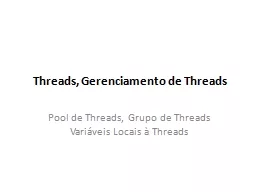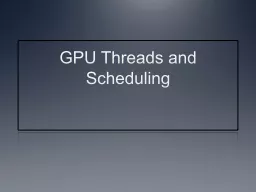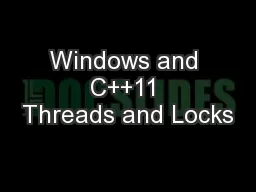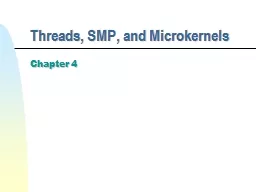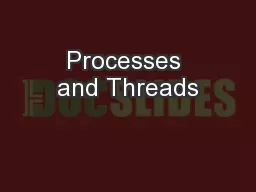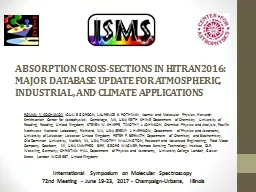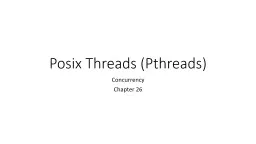PPT-Threads and Critical Sections
Author : stefany-barnette | Published Date : 2016-08-15
Thomas Plagemann Slides from Otto J Anshus Tore Larsen University of Tromsø Kai Li Princeton University Overview Intro to threads Concurrency Race conditions
Presentation Embed Code
Download Presentation
Download Presentation The PPT/PDF document "Threads and Critical Sections" is the property of its rightful owner. Permission is granted to download and print the materials on this website for personal, non-commercial use only, and to display it on your personal computer provided you do not modify the materials and that you retain all copyright notices contained in the materials. By downloading content from our website, you accept the terms of this agreement.
Threads and Critical Sections: Transcript
Download Rules Of Document
"Threads and Critical Sections"The content belongs to its owner. You may download and print it for personal use, without modification, and keep all copyright notices. By downloading, you agree to these terms.
Related Documents


